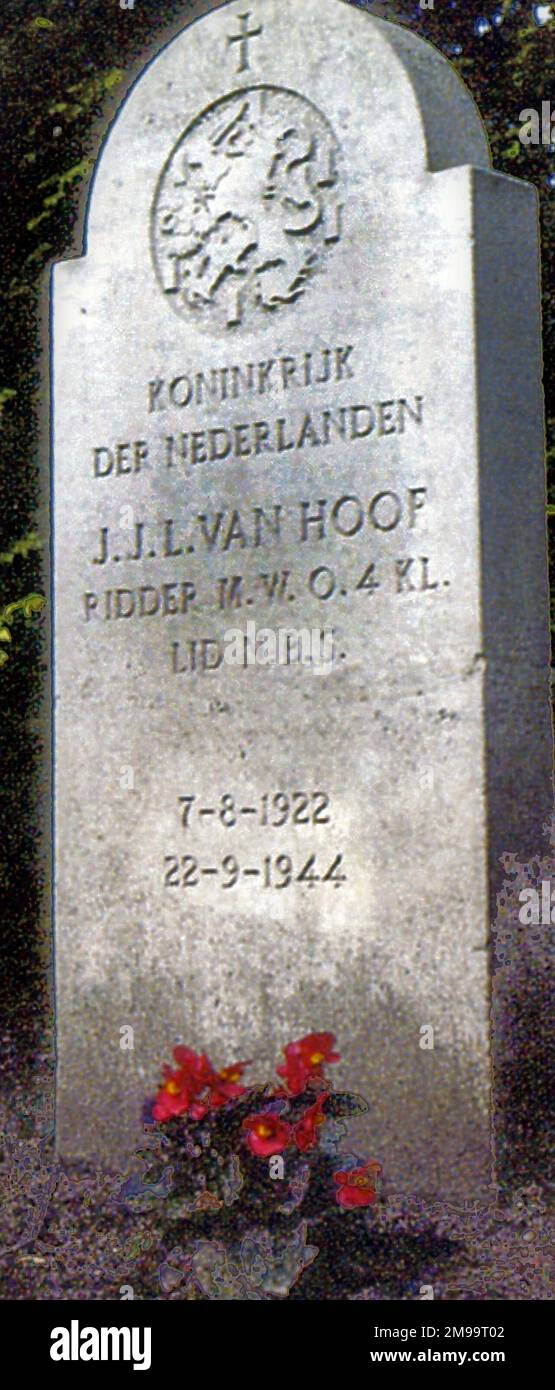This is in the back right hand corner of a Cemetery of Honour which was laid out in 1971.The Dutch flag flies here and there is a plaque to 'The Fallen 1940-1945'. It contains headstones to forty-eight victims of the war, the final one of which is that of Jan van Hoof. The story of this young Resistance worker, who is credited with disabling the explosive charges under the bridge at Nijmegen during Operation Market Garden, is a complicated one with claims and counter-claims about just what he did do. His action at Nijmegen gained him the Military Order of William. Van Hoof's Memorial in Nijm

Image details
Contributor:
Chronicle / Alamy Stock PhotoImage ID:
2M99T02File size:
11 MB (576.8 KB Compressed download)Releases:
Model - no | Property - noDo I need a release?Dimensions:
1283 x 3000 px | 10.9 x 25.4 cm | 4.3 x 10 inches | 300dpiDate taken:
23 July 2019Photographer:
ChronicleMore information:
This image could have imperfections as it’s either historical or reportage.
This is in the back right hand corner of a Cemetery of Honour which was laid out in 1971.The Dutch flag flies here and there is a plaque to 'The Fallen 1940-1945'. It contains headstones to forty-eight victims of the war, the final one of which is that of Jan van Hoof. The story of this young Resistance worker, who is credited with disabling the explosive charges under the bridge at Nijmegen during Operation Market Garden, is a complicated one with claims and counter-claims about just what he did do. His action at Nijmegen gained him the Military Order of William. Van Hoof's Memorial in Nijmegen says that he was shot by the Germans on September 19th and died on the spot where he was shot near the bridge, while this marker says that he died on 22 September - all part of the van Hoof story.